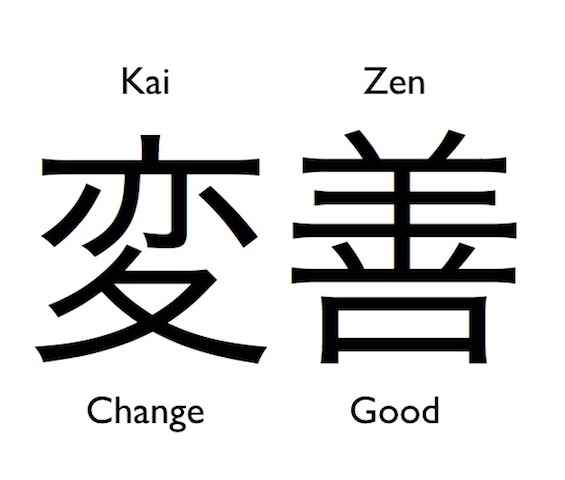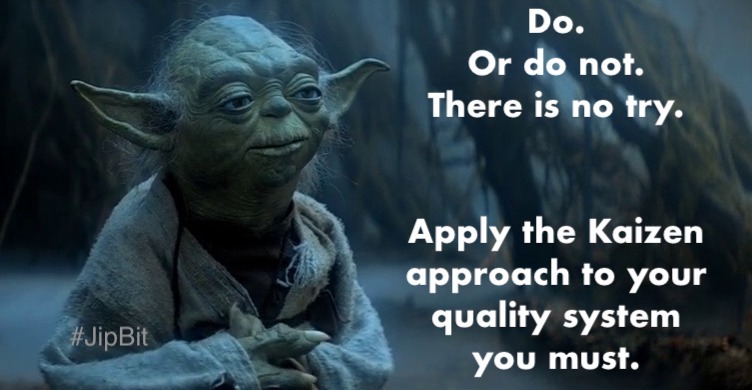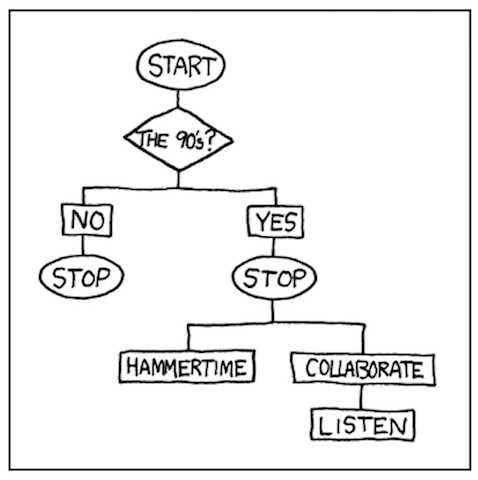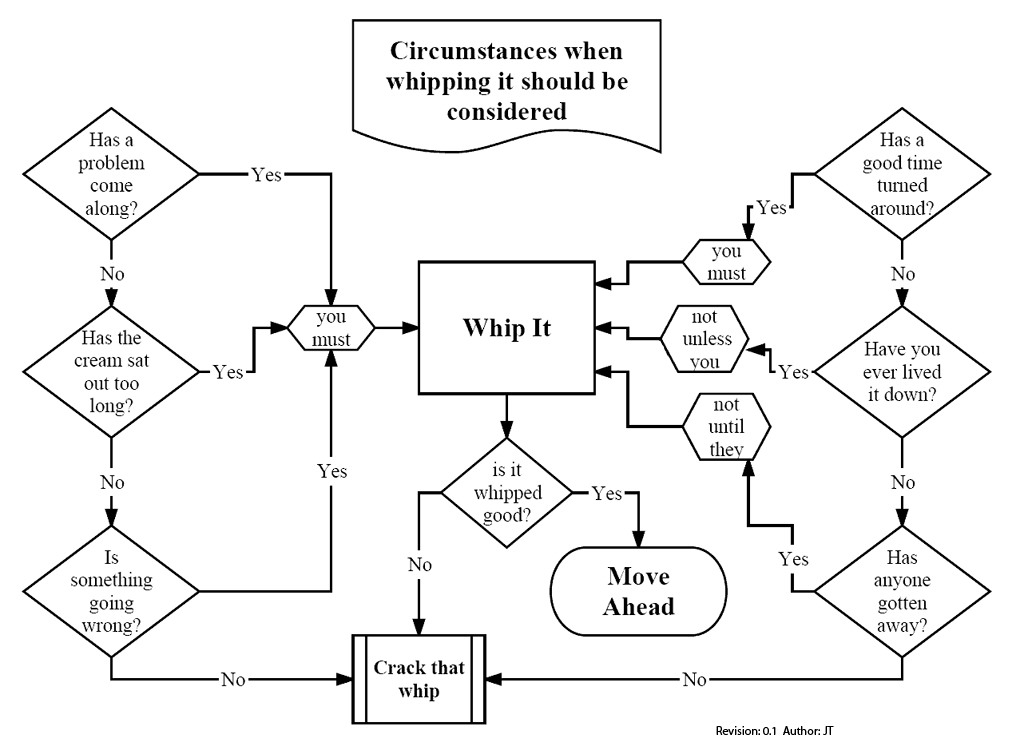Why I practice writing
I enjoy learning while teaching complex concepts, so I’m learning to improve my communications skills while writing a blog, using topics I enjoy as analogies to concepts in my work. If you’re reading this, please consider skipping it because it’s a work in progress and may not be worth your time.
I help teams understand and apply the Kaizen approach to continuous improvement. It’s working towards a big goal by analyzing it and defining smaller, measurable steps that are more likely to be completed. Kaizen was first applied in Japan, and originated from philosophy and Buddhism.

The Buddha summarized continuous improvement the first time he responded to people asking his philosophy on life:
“Each day, do more of what you know to be right, and less of what you know to not be right.”
Kaizen is continuous improvement applied to business, taking small, measurable steps to improve what has been valuable, and small, measurable steps to reduce what has not been valuable. The difference between personal continuous improvement and organizational corporate improvement is documentation, applying a systematic method for teams to communicate and carry lessons forward. It’s difficult to understand Kaizen without having experienced it on both personal and organizational levels. That’s where Yoda can help.
Yoda didn’t just tell Luke Skywalker that there’s no difference between lifting a rock and lifting a spaceship, he demonstrated the process so that Luke could see for himself. In other words, Yoda facilitated experiential learning, allowing Luke to learn more by telling him less. People who only repeat words are like the blind leading the blind, restricting anyone who listens.
I discovered three moments where the phrase “the blind leading the blind” originated: the Hindu Upanishads, the Buddha, and Jesus. Two said the phrase rather than writing it, and all used it to criticize people who say words mindlessly. That’s why they used metaphors, parables, and analogies to communicate complex concepts that are easily summarized but difficult to apply in daily life.
The definition of Kaizen is a simple, but understanding and applying it is challenging. I share tips and techniques throughout my blog, using pop-culture, metaphors, and humor (I hope) to say the same thing in different ways. Some articles will make sense and some will not, but all were written with wishes for your success.

I believe we’d all be happier applying the Kaizen approach to both ourselves and to how we do our work, and to make our work beneficial to the most people while harming no one. If we have extra time and energy, strive to link your work to the work of others, to become linked processes of continuous mutual improvement.
A process of continuous improvement is best described by what is, and what is not a process. Once, when I was leading workshops on process engineering, I used 1980’s pop culture to demonstrate what is and what is not a process; whether or not you select M.C. Hammer or Vanilla Ice is not a process, and Devo’s Whip It! is deceivingly close, but neither are closed loop processes of continuous improvement.


Contact me to discover more about linked processes of continuous mutual improvement and Kaizen steps for ourselves and society.

